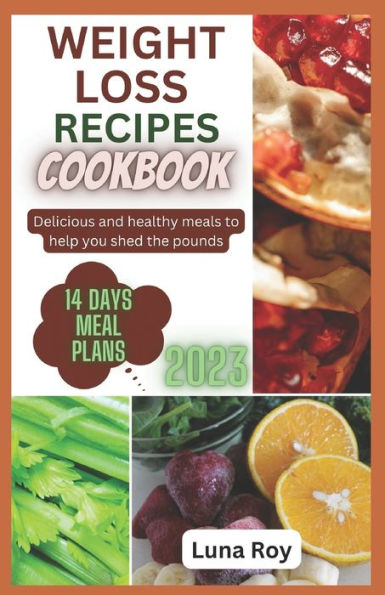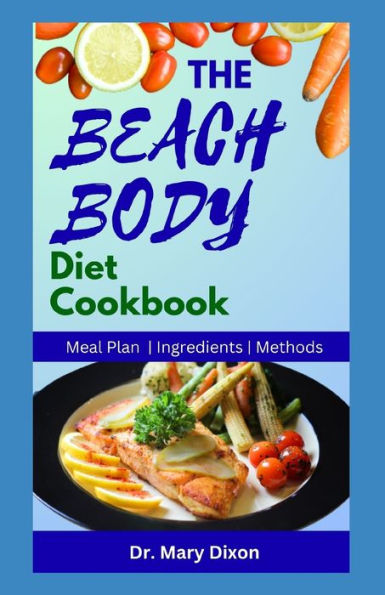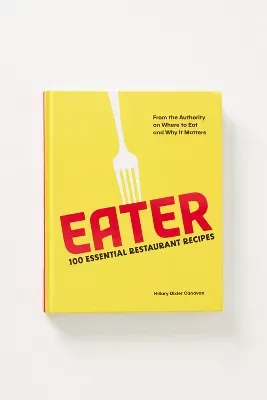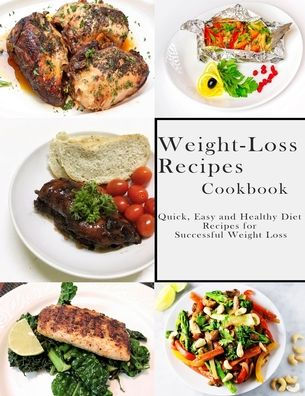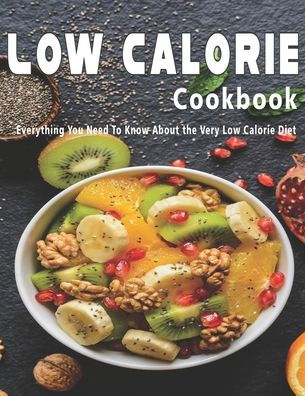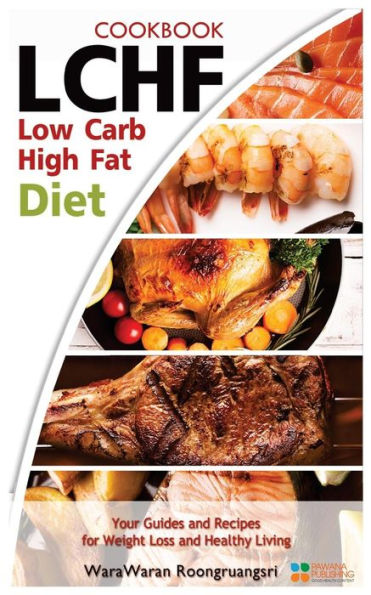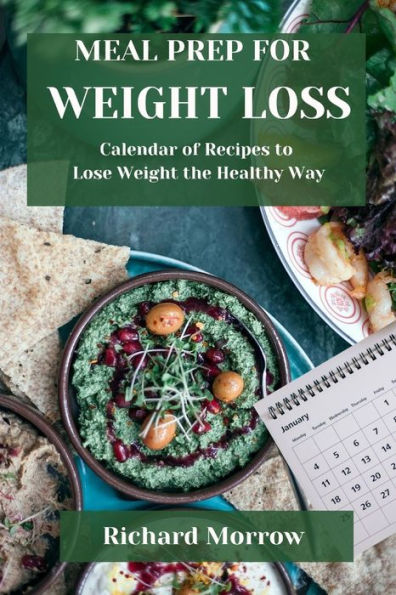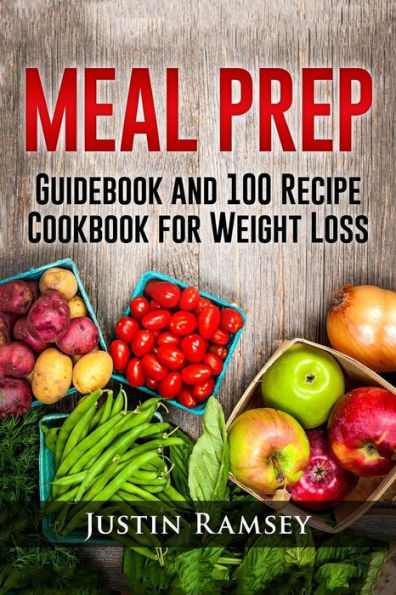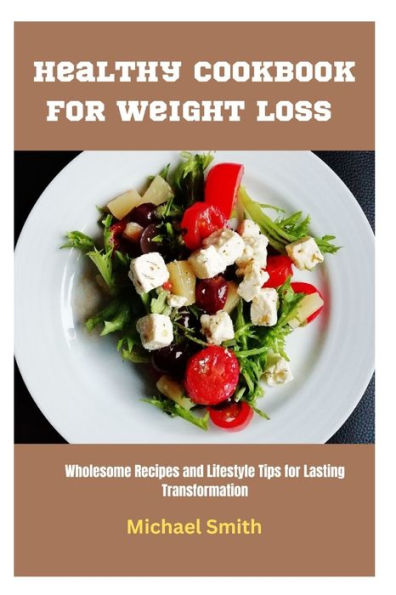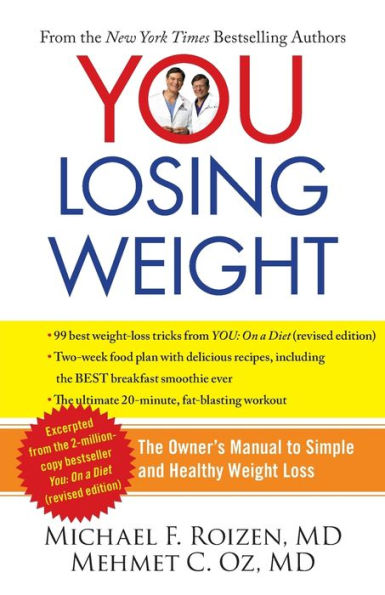Home
CALORIE DEFICIT COOKBOOK: A Life-Changing Guide to Weight Loss and Healthy Eating


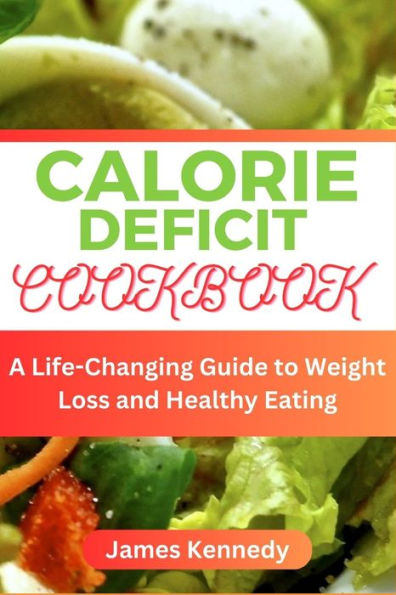
CALORIE DEFICIT COOKBOOK: A Life-Changing Guide to Weight Loss and Healthy Eating
Current price: $12.10
Loading Inventory...
Size: OS
Calories are the units of energy you get from foods and beverages, and when you consume fewer calories than you burn, you achieve a calorie deficit.
The calories you burn or expend each day - also known as calorie expenditure - include the following three components (1Trusted Source):
Resting energy expenditure (REE). REE refers to the calories your body uses at rest for functions that keep you alive, such as breathing and blood circulation.
Thermic effect of food. This involves the calories your body expends digesting, absorbing, and metabolizing food.
Activity energy expenditure. This refers to the calories you expend during sports like exercise and non-exercise related activities, including fidgeting and performing household chores.
If you provide your body fewer calories than it needs to support these three components of calorie expenditure, you put your body into a calorie deficit. Doing so consistently for long periods results in weight loss (1Trusted Source).
Conversely, you will gain weight if you regularly provide your body more calories than it needs to support these functions. This is called a calorie surplus.
